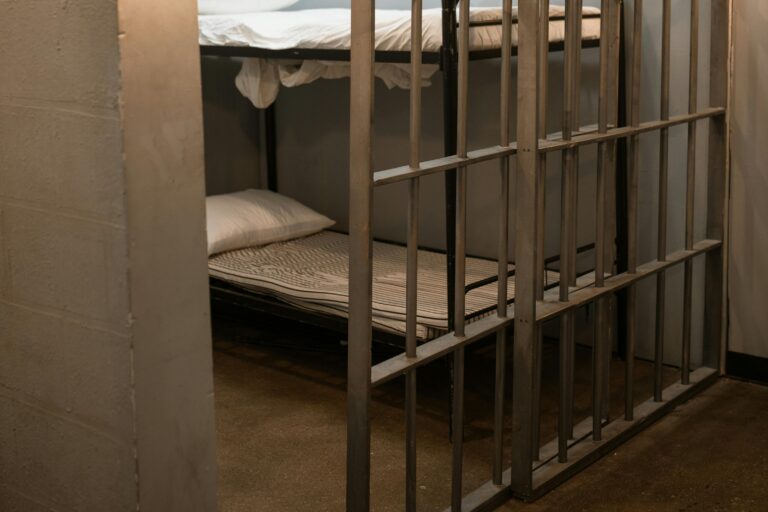 Ines Moore stirs awake nearly every night to an unmistakable, skin-crawling sound: rats skittering around her apartment in the dark.
Ines Moore stirs awake nearly every night to an unmistakable, skin-crawling sound: rats skittering around her apartment in the dark.
Sticky traps scattered around the tidy, fifth-floor walkup yield as many as three rats a night, what she believes is just a fraction of the invading army that makes her feel under siege.
“I feel good in the United States — except for this. Here, in my home,” said Moore, a Dominican immigrant who can’t afford to leave her rent-controlled apartment in northern Manhattan’s Washington Heights.
Her neighborhood is among the most rat-infested in New York City, along with West Harlem, Chinatown, the Lower East Side and the South Bronx. They are the focus of the city’s latest effort to attack a rat population that some experts estimate could be double that of the Big Apple’s 8.4 million people.
Starting next month, the city’s 45 inspectors will be bolstered by nine new employees of a pilot program to tackle the vermin in chronically infested neighborhoods where rats have resisted repeated efforts to eradicate them.
Specific targets are rat reservoirs such as parks, sewers, dumping areas and subways where they congregate and breed. The idea is to tamp down the population where it is strongest and keep it from spreading.
“Rats burrow and live in colonies,” Health Commissioner Mary Bassett told the City Council at a hearing last month. “I’ll sometimes imagine when I walk through a park, if I could have sort of a ‘rat vision,’ there are all these tunnels under there that are occupied by rats. And from there the rats fan out.”
Financed with $611,000 in the current city budget, inspectors will work with neighborhood associations, community boards, elected officials and building owners to plug up holes and put poison in rodent tunnels.
For years, inspectors responding to complaints on the city’s 311 hotline have already been searching for rats and their telltale signs: burrows, droppings, claw marks and gnawed holes. Besides traps and poison, the city also has used contraceptives to curb the rats.
New York’s Rat Information Portal — or, appropriately, RIP — is an interactive online map that tracks Health Department violations, with searches by borough, address, block number and ZIP code. Spots marked red are deemed to be rat-infested; those in yellow have passed inspection.
The South Bronx around Yankee Stadium has the dubious distinction of being the city’s most rat-infested neighborhood, according to figures from 2012, the most recent available. Inspectors gave a failing grade for infestation to at least 13 percent of more than 3,000 locations inspected in that area.
Washington Heights came in at 12 percent of inspected locations, West Harlem at 10 percent and the Lower East Side and adjacent Chinatown at nearly 9 percent.
Rats can carry and spread diseases, bite and trigger asthma attacks. In May, a 4-year-old boy died after ingesting rat poison in a Bronx homeless shelter.
It’s impossible to tally the exact number of rats in New York, says the Rev. Joel Grassi, a Baptist minister and professional exterminator.
“As long as there are human beings in New York City, there will be rats, because they live off human garbage — that’s their No. 1 thing,” says Grassi, adding that the best way to manage the rat population is to eliminate their food supply.
“It’s just part of everyday life,” says Jasmine Guzman, a store manager whose two young sons happily run around their Washington Heights apartment across the hall from Moore’s, after the family cleans up rat droppings.
“My 3-year-old son says, ‘It’s OK, Mommy, they’re just looking for some stinky food,’” she says with a laugh.
At night, rats run in droves in front of their building, “and we run past them to the front door when we get home,” says Guzman, adding that a rat ran through her mother’s legs and under her baby’s stroller one day.
The company that manages the property says it will schedule extermination and plans to install metal fencing plus metal seals to close rat holes inside apartments.
For now, the rats’ nightly visits to Moore’s apartment continue.
“I’m angry,” Moore says. “We’re all human beings and we all deserve to live decently.”
(AP)











One Response
The solution is clear: cats. We have cats in our home, and there are a lot of feral cats living outdoors in our neighborhood. We never see rats.